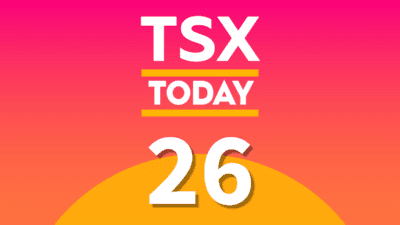Maybe there is no housing bubble.
Maybe Canadians are willing to take on ever increasing amounts of debt. Maybe interest rates will never rise. Maybe all of the old valuation metrics no longer matter. Maybe, just maybe, this time really is different.
Unfortunately, every single housing market indicator is now in the danger zone. If history is any guide, we could be in the midst of the largest real estate bubble in Canadian history. Here are six reasons why valuations in the nation’s housing market are approaching nosebleed territory.
1. The gap between house prices and income is the third worst in the developed world
Canadian real estate prices have outpaced income growth for over a decade. Historically, Canadians paid between three and four times their average annual income for a new home. Today, that figured has ballooned to 7.8 times annual salaries.
Last summer the OECD released a report estimated that Canadian housing prices are about 30% higher than they should be based on what Canadians earned. The report warned that the market is “vulnerable to a risk of a price correction.”
2. The gap between house prices and rent is the second largest in the world
In the rush to become a homeowner, Canadians are paying record premiums for the privilege of buying a house. Today, the average residential home sells for 27 times annual rental income. Though in major centers like Toronto and Vancouver, this figure is well in excess of 30 and even 60 times rental income. Historically, Canadian real estate traded between 15 to 20 times rental income nationwide.
The Economist has declared Canada’s housing market to be “bubbly”. In a survey of Canadian house prices, the U.K. publication estimated the market to be 74% overvalued compared to rental prices — the highest in the world, second only to Hong Kong.
3. Canadians have never been in so much debt
To finance these purchases, Canadians are turning to increasing amounts of debt. According to numbers compiled by Statistics Canada, household debt-to-disposable income hit a record 163% this year. This is approaching comparable levels to the United States in 2005 right before its real estate market imploded.
And Canadians appear to be debt-mad even outside of mortgages. According to a TransUnion report, average consumer non-mortgage debt is on track to hit an all-time high of $23,900 by the end of the year.
4. The economy has never been so weighted to real estate
Record low interest rates have fundamentally reshaped the Canadian economy. With the country’s manufacturing sector slowly eroding, construction jobs have made up the difference.
Thanks to a booming real estate market, fully 13.5% of Canadian jobs are now linked somehow to construction — the highest level in over 40 years. If this figure were to revert back to the mean — roughly 7% — the job losses would be measured in the hundreds of thousands.
5. REITs have never been so expensive
Nosebleed valuations are not limited to the residential housing. Thanks to the Federal Reserve’s zero interest rate policy, investors being forced to replace traditional income producing assets, such as GICs and money market funds, with riskier alternatives like junk bonds and REITs. Today, the yield on the iShares REIT Index Fund (TSX: XRE) is nearing a record low at 5.2%. Historically, the industry has yielded between 7% and 8%.
During “normal times”, cap rates — the ratio between the net operating income produced by an asset and its capital cost — are usually in the 7% to 10% range in the commercial real estate market. Today, investors are willing to pay cap rates in the neighbourhood of 4% to 5% for publicly traded REITs.
6. The entire financial system is at risk
The consequences of a housing correction would also have devastating consequences for the nation’s banking industry. In the event of a downturn, losses on uninsured residential loans could severely damage the industry’s capital bases.
In a report last year, Dan Werner of Morningstar estimated that, “In a worst-case scenario, if all of the uninsured loans were losses and residential prices fell 30%, we think nearly half of most banks’ tangible equity would be affected.” Werner thinks that National Bank of Canada (TSX: NA) and Canadian Imperial Bank of Commerce (TSX: CM) would be the most devastated of Canada’s large banks. Institutions with a larger international presence would be less affected.
Foolish bottom line
As investors our job is to identify wonderful companies trading at reasonable prices. We’re not in the business of calling market tops. However, the statistics above suggest that trouble is brewing and investors should keep an eye on this industry closely.







